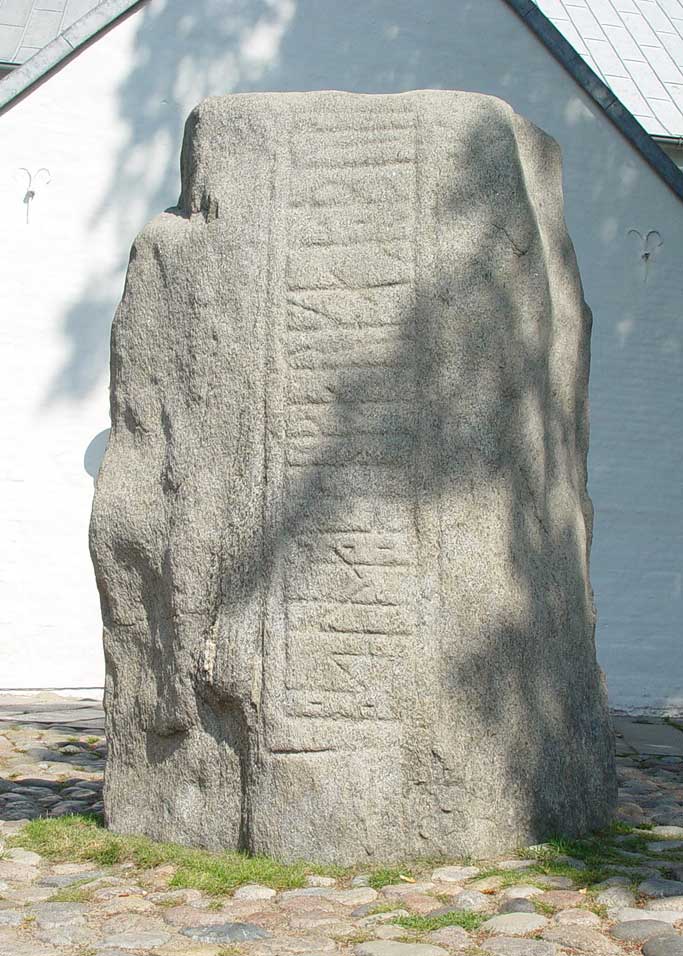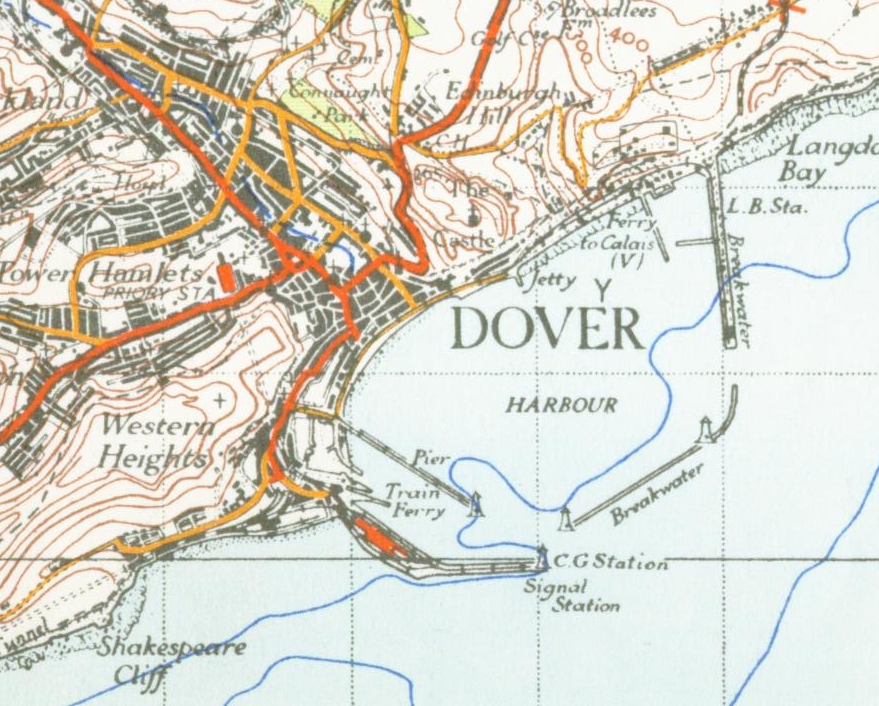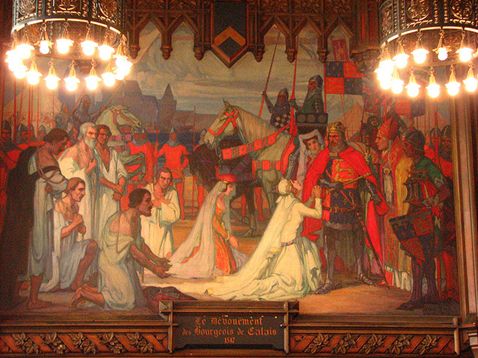|
Helena Snakenborg, Marchioness Of Northampton
Elin Ulfsdotter Snakenborg, Marchioness of Northampton, also known as Helena, and Helena the Red for her red hair, (1548/1549 – 10 April 1635) was a Swedish-born noblewoman, Maid of Honour of Queen Elizabeth I of England, and Marchioness of Northampton by her marriage to William Parr, 1st Marquess of Northampton. Family and lineage She was born in Sweden, as ''Elin Ulfsdotter of Fyllingarum'' in the province of Ostrogothia, in either 1548 or 1549, as a younger daughter of Ulf Henriksson, lord of Fyllingarum (d. c. 1565), of the Bååt family, and his wife, Agneta Knutsdotter, of the Lillie af Ökna family, heiress of Norrnes. Her father was a supporter of Gustav I, king of Sweden. By all accounts, Helena was a beautiful woman, with large brown eyes, red hair, and a pink and white complexion. She was described as having a strong will and independent mind. Helena had two brothers and three sisters who survived childhood and later had children of their own. Helena was ba ... [...More Info...] [...Related Items...] OR: [Wikipedia] [Google] [Baidu] |
British School 16th Century - A Young Lady Aged 21, Possibly Helena Snakenborg - Google Art Project
British may refer to: Peoples, culture, and language * British people, nationals or natives of the United Kingdom, British Overseas Territories and Crown Dependencies. * British national identity, the characteristics of British people and culture * British English, the English language as spoken and written in United Kingdom of Great Britain and Northern Ireland and, more broadly, throughout the British Isles * Celtic Britons, an ancient ethno-linguistic group * Brittonic languages, a branch of the Insular Celtic language family (formerly called British) ** Common Brittonic, an ancient language Other uses *People or things associated with: ** Great Britain, an island ** British Isles, an island group ** United Kingdom, a sovereign state ** British Empire, a historical global colonial empire ** Kingdom of Great Britain (1707–1800) ** United Kingdom of Great Britain and Ireland (1801–1922) * British Raj, colonial India under the British Empire * British Hong Kong, colonial H ... [...More Info...] [...Related Items...] OR: [Wikipedia] [Google] [Baidu] |
Gorm The Old
Gorm the Old (; ; ), also called Gorm the Languid (), was List of Danish monarchs, ruler of Denmark, reigning from to his death or a few years later.Lund, N. (2020), p. 147''Pilemedia'' (in Swedish), 25 October 2020 Ancestry and reign Gorm is the reported son of semi-legendary Danish king Harthacnut I of Denmark, Harthacnut. Chronicler Adam of Bremen says that Harthacnut ...[...More Info...] [...Related Items...] OR: [Wikipedia] [Google] [Baidu] |
Kendal Castle
Kendal Castle is a medieval fortification to the east of the town of Kendal, Cumbria, in northern England. The castle, which is atop a glacial drumlin, was built in the 13th century as the Caput baroniae for the Barony of Kendal. By the 15th century, the Thomas Parr (d.1461), Parr family owned the castle. History The earliest reference to a castle at Kendal occurs in 1216 and might refer either to the surviving stone castle at Kendal or the older castle in the town, Castle Howe. The castle was built in the late 12th century as the home of the Lancaster family who were Baron of Kendal, Barons of Kendal. The best-known family associated with the castle was the Parr family; including Catherine Parr, Queen Catherine Parr, the sixth wife of King Henry VIII of England. Her family had lived at Kendal since her ancestor Sir William Parr () married the heiress of Kendal, Elizabeth Ros, during the reign of Edward III of England. By the time Catherine Parr was born, the family had long d ... [...More Info...] [...Related Items...] OR: [Wikipedia] [Google] [Baidu] |
Sir Thomas Parr
Sir Thomas Parr (1478 – 11 November 1517) of Kendal in Westmorland (now Cumbria), England, was a courtier and is best known as the father of Queen Catherine Parr, the sixth and final wife of King Henry VIII. Early life and family Thomas was the eldest son of Sir William Parr and Elizabeth FitzHugh. He descended from King Edward III of England through his mother, Elizabeth.James, Susan. ''Catherine Parr: Henry VIII's Last Love''. The History Press. 1 January 2009. Thomas's paternal grandparents were Sir Thomas Parr of Kendal and Alice Tunstall. His maternal grandparents were Sir Henry FitzHugh, 5th Baron FitzHugh of Ravensworth Castle and Lady Alice Neville, daughter of Richard Neville, 5th Earl of Salisbury and Alice Montacute, 5th Countess of Salisbury. The Earl and Countess were parents to "Warwick, the Kingmaker" who was influential in the War of the Roses. The 5th Earl of Salisbury was the son of Lady Joan Beaufort, daughter of John of Gaunt, 1st Duke of Lanca ... [...More Info...] [...Related Items...] OR: [Wikipedia] [Google] [Baidu] |
Svenskt Kvinnobiografiskt Lexikon
''Svenskt kvinnobiografiskt lexikon'' (SKBL), known in English as Biographical Dictionary of Swedish Women, is a Swedish biographical dictionary of Swedish women. History It was started in 2018 when 1,000 articles about Swedish women were published in Swedish and English and a further 1,000 articles were published in 2020. This activity has been financed by Bank of Sweden Tercentenary Foundation. From 2010 Lisbeth Larsson (1949–2021), a professor of literary studies, tried to create a more general dictionary with a focus on women to give a fairer picture of history (together with Inger Eriksson, operations manager at KvinnSam). The original plan was to publish a book but it was later decided to compile a database which could be accessed as a web-based dictionary. Content SKBL is produced by the University of Gothenburg and the articles are written by experts and researchers. The dictionary contains biographies of women who, across several centuries and in many differe ... [...More Info...] [...Related Items...] OR: [Wikipedia] [Google] [Baidu] |
Dover
Dover ( ) is a town and major ferry port in Kent, southeast England. It faces France across the Strait of Dover, the narrowest part of the English Channel at from Cap Gris Nez in France. It lies southeast of Canterbury and east of Maidstone. The town is the administrative centre of the Dover District and home of the Port of Dover. Archaeological finds have revealed that the area has always been a focus for peoples entering and leaving Great Britain, Britain. The name derives from the River Dour that flows through it. In recent times the town has undergone transformations with a high-speed rail link to London, new retail in town with St James' area opened in 2018, and a revamped promenade and beachfront. This followed in 2019, with a new 500m Pier to the west of the Harbour, and new Marina unveiled as part of a £330m investment in the area. It has also been a point of destination for many English Channel migrant crossings (2018-present), illegal migrant crossings. The Port ... [...More Info...] [...Related Items...] OR: [Wikipedia] [Google] [Baidu] |
Calais
Calais ( , , traditionally , ) is a French port city in the Pas-de-Calais department, of which it is a subprefecture. Calais is the largest city in Pas-de-Calais. The population of the city proper is 67,544; that of the urban area is 144,625 (2020). and it is reflected in the city's name in the local Picard language, ''Calés''. Other archaic names for the city are Portuguese ''Calêsio'' and German ''Kalen''. ''Kales'', the city's historic name in Dutch and West Flemish (once spoken in the area) was retained until more recently in the name for the Strait of Dover, ''Nauw van Kales'', and is still used in Dutch sources wishing to emphasise former linguistic ties to the area. Though the modern French spelling of ''Calais'' gradually supplanted other variants in English, the pronunciation () persisted and survives in other towns named for the European city including Calais, Maine, and Calais, Vermont, in the United States. In " De Gustibus" (1855), Robert Browning r ... [...More Info...] [...Related Items...] OR: [Wikipedia] [Google] [Baidu] |
Eric XIV Of Sweden
Erik XIV or Eric XIV (13 December 153326 February 1577) became King of Sweden following the death of his father, Gustav I, on 29 September 1560. During a 1568 rebellion against him, Erik was incarcerated by his half-brother John III. He was formally deposed by the Riksdag on 26 January 1569. Erik was also ruler of Estonia, after it placed itself under Swedish protection in 1561. While Erik has been regarded as intelligent and artistically skilled, as well as politically ambitious, early in his reign he showed signs of mental instability, a condition that eventually led to insanity. Some scholars claim that his illness began early during his reign, while others believe that it first manifested with the Sture murders. Erik, having been imprisoned and deposed, was most likely murdered. An examination of his remains in 1958 confirmed that he probably died of arsenic poisoning. Early years Erik XIV was born at Tre Kronor Castle, the morning of 13 December 1533. His mot ... [...More Info...] [...Related Items...] OR: [Wikipedia] [Google] [Baidu] |
Gustav Vasa
Gustav Eriksson Vasa (12 May 1496 – 29 September 1560), also known as Gustav I, was King of Sweden from 1523 until his death in 1560. He was previously self-recognised Protector of the Realm (''Reichsverweser#Sweden, Riksföreståndare'') from 1521, during the ongoing Swedish War of Liberation against King Christian II of Denmark, Norway and Sweden. Gustav rose to lead the Swedish War of Liberation following the Stockholm Bloodbath, where his father was executed. Gustav's election as king on 6 June 1523 (the National Day of Sweden) and his triumphant Conquest of Stockholm, entry into Stockholm eleven days later marked Sweden's final secession from the Kalmar Union. During his reign, Gustav initiated the Protestant reformation in Sweden, transformed the country from an elective monarchy, elective to a hereditary monarchy and established a standing Swedish Army, army and Swedish Navy, navy. Early life Gustav Eriksson, a son of Cecilia Månsdotter Eka and Erik Johansson Vasa, w ... [...More Info...] [...Related Items...] OR: [Wikipedia] [Google] [Baidu] |
Baden
Baden (; ) is a historical territory in southern Germany. In earlier times it was considered to be on both sides of the Upper Rhine, but since the Napoleonic Wars, it has been considered only East of the Rhine. History The margraves of Baden originated from the House of Zähringen. Baden is named after the margraves' residence, Hohenbaden Castle in Baden-Baden. Hermann II of Baden first claimed the title of Margrave of Baden in 1112. A united Margraviate of Baden existed from this time until 1535, when it was split into the two Margraviates of Baden-Durlach and Baden-Baden. Following a devastating fire in Baden-Baden in 1689, the capital was moved to Rastatt. The two parts were reunited in 1771 under Margrave Charles Frederick. The restored Margraviate with its capital Karlsruhe was elevated to the status of electorate in 1803. In 1806, the Electorate of Baden, receiving territorial additions, became the Grand Duchy of Baden. The Grand Duchy of Baden was a state ... [...More Info...] [...Related Items...] OR: [Wikipedia] [Google] [Baidu] |
Margrave
Margrave was originally the Middle Ages, medieval title for the military commander assigned to maintain the defence of one of the border provinces of the Holy Roman Empire or a monarchy, kingdom. That position became hereditary in certain Feudalism, feudal families in the Empire and the title came to be borne by rulers of some Imperial Diet (Holy Roman Empire), Imperial principalities until the abolition of the Empire in 1806 (e.g., Margrave of Brandenburg, Margrave of Baden). Thereafter, those domains (originally known as ''marks'' or ''marches'', later as ''margraviates'' or ''margravates'') were absorbed into larger realms or the titleholders adopted titles indicative of full sovereignty. History Etymologically, the word "margrave" (, ) is the English and French form of the German noble title (;, meaning "march (territory), march" or "mark", that is, borderland, added to , meaning "Count"); it is related semantics, semantically to the English title "Marcher Lord". As a no ... [...More Info...] [...Related Items...] OR: [Wikipedia] [Google] [Baidu] |








